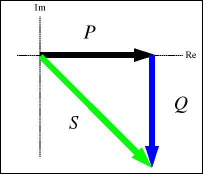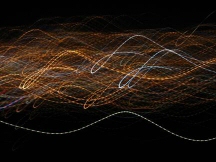|
|
Power Factor Correction
As
part of the Energy Saving regime we offer to our
clients the design and installation of Power
Factor Correction system. Below is a brief
description of how Power Factor correction
contributes to lower energy bills.
For example, to get 1 kW of real power, if the
power factor is unity, 1 kVA of apparent power
needs to be transferred (1 kW ¸ 1 = 1 kVA). At
low values of power factor, more apparent power
needs to be transferred to get the same real
power. To get 1 kW of real power at 0.2 power
factor, 5 kVA of apparent power needs to be
transferred (1 kW ¸ 0.2 = 5 kVA). This apparent
power must be produced and transmitted to the
load in the conventional fashion, and is subject
to the usual distributed losses in the
production and transmission processes.
 |
Apparent power S is the vector sum
of real power P and reactive power Q |
It is
often possible to adjust the power factor of a
system to very near unity. This practice is
known as power factor correction and is achieved
by switching in or out banks of inductors or
capacitors. For example the inductive effect of
motor loads may be offset by locally connected
capacitors. When reactive elements supply or
absorb reactive power near the point of reactive
loading, the apparent power draw as seen by the
source is reduced and efficiency is increased.
The
reactive elements can create voltage
fluctuations and harmonic noise during
connection and disconnection procedures, and
they will supply or sink reactive power
regardless of whether there is a corresponding
load operating nearby, increasing the system's
no-load losses. In a worst case, reactive
elements can interact with the system and with
each other to create resonant conditions,
resulting in system instability and severe over
voltage fluctuations. As such, reactive elements
cannot simply be applied at will, and power
factor correction is normally subject to
engineering analysis.
 |
Usually hidden from the unaided eye,
the blinking of (non-incandescent)
lighting powered by AC mains is
revealed in this motion-blurred long
exposure of city lights. Light is
emitted twice each cycle. |
|